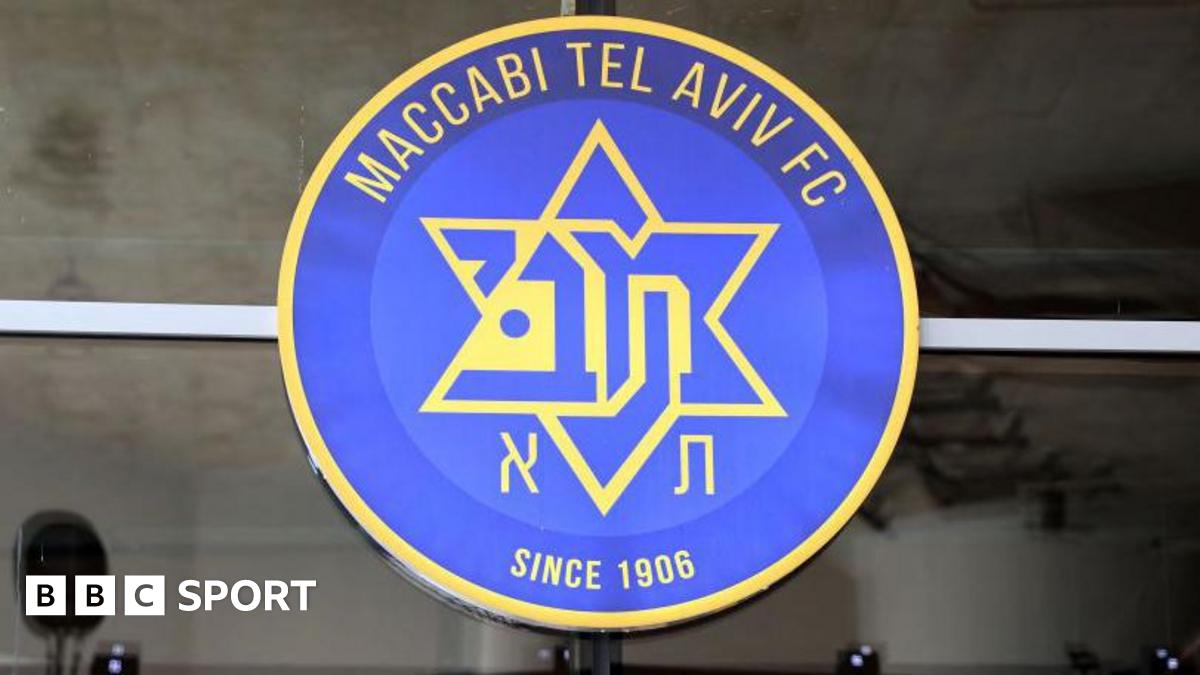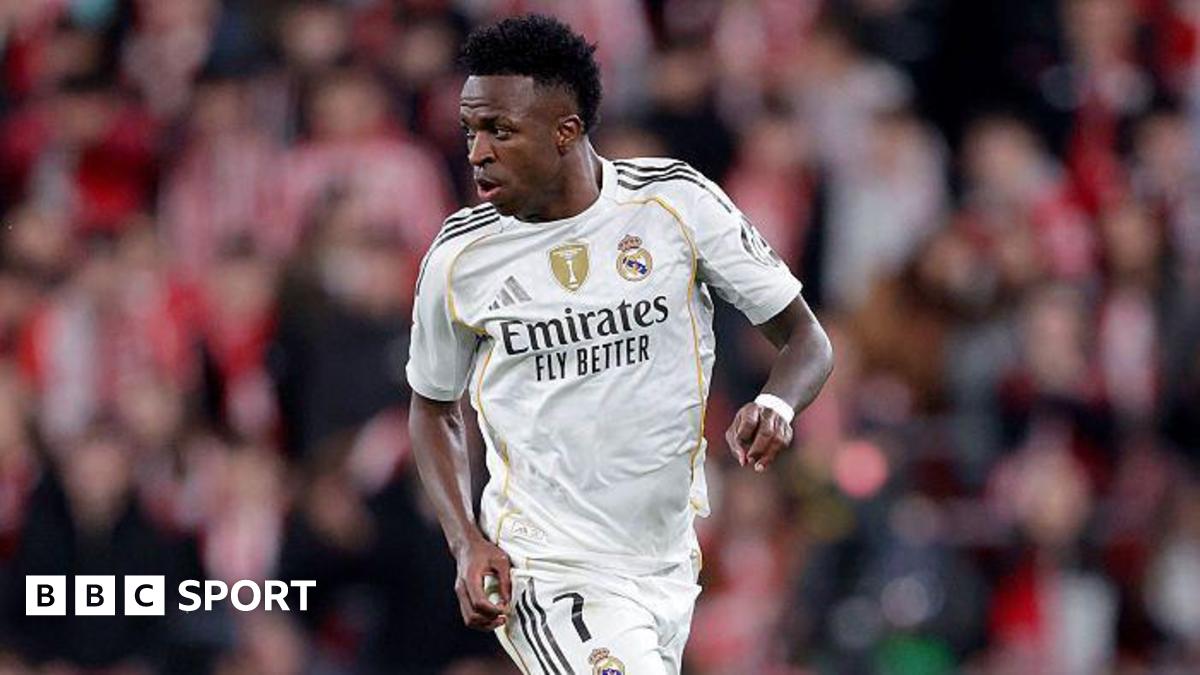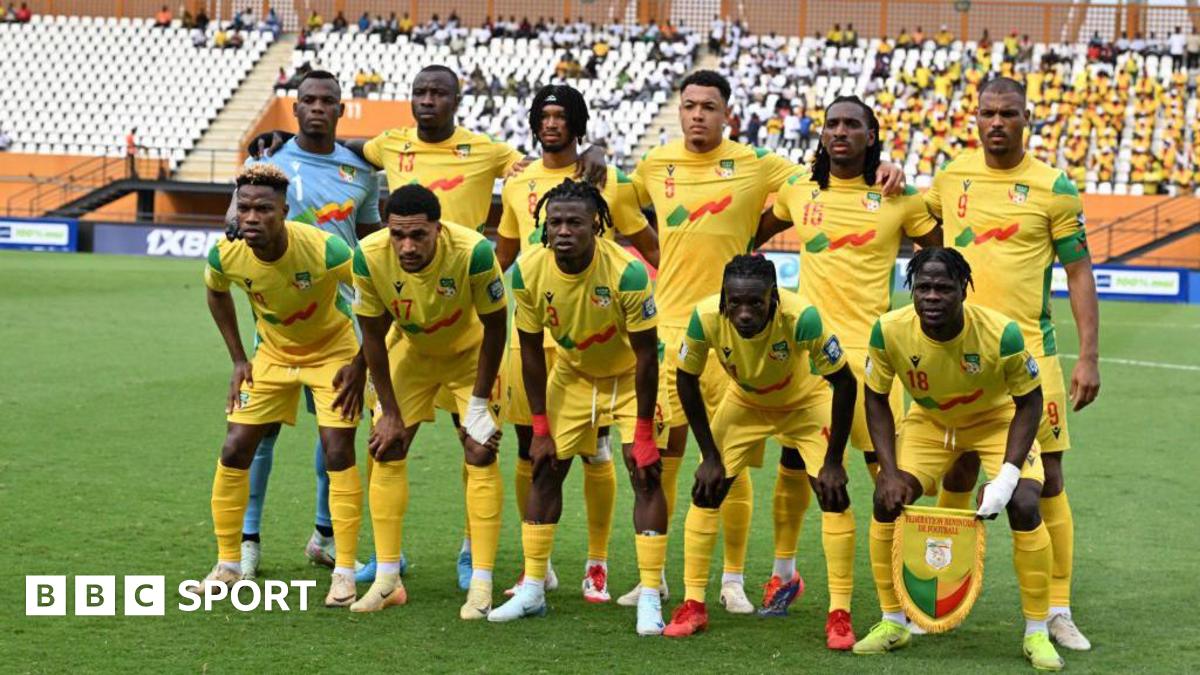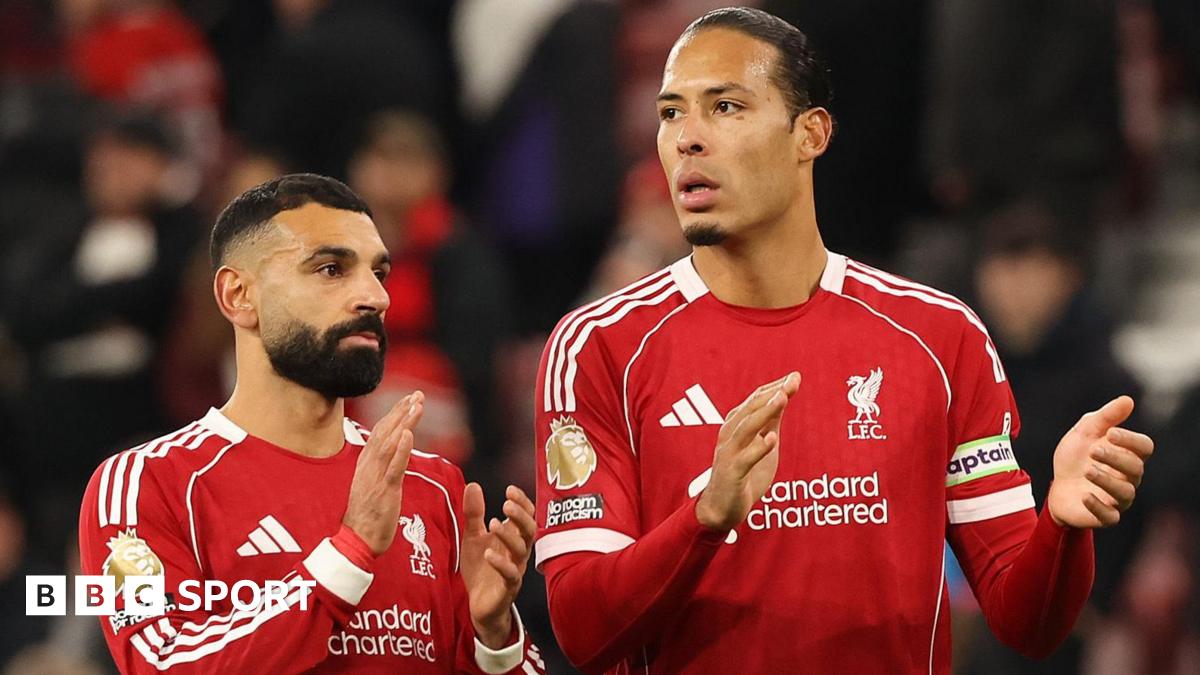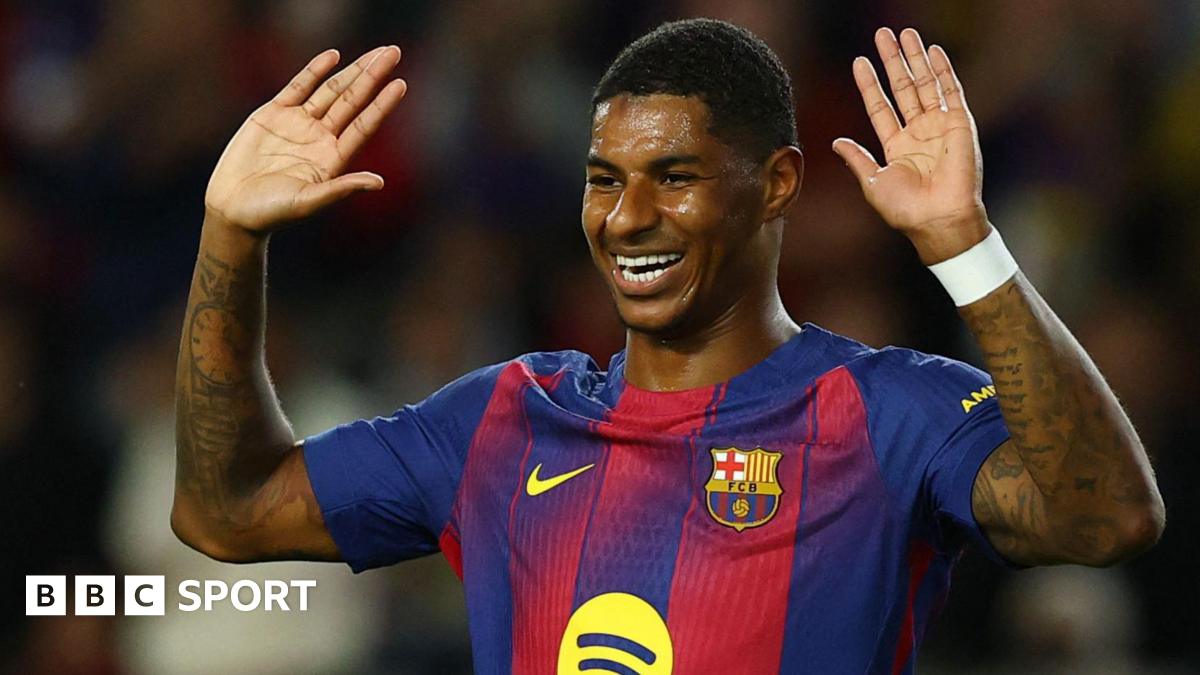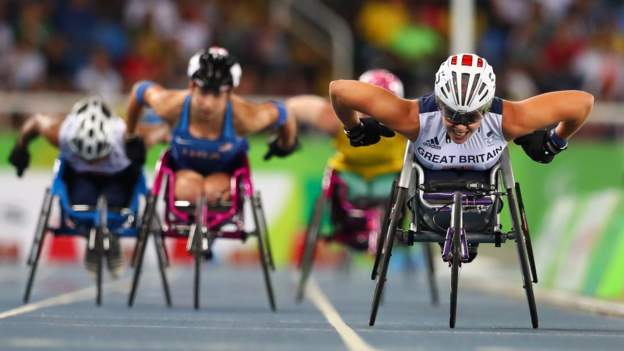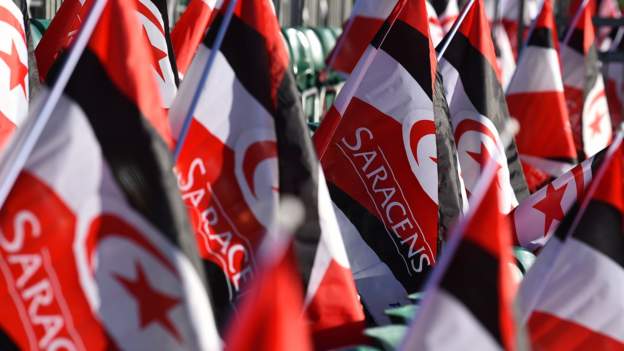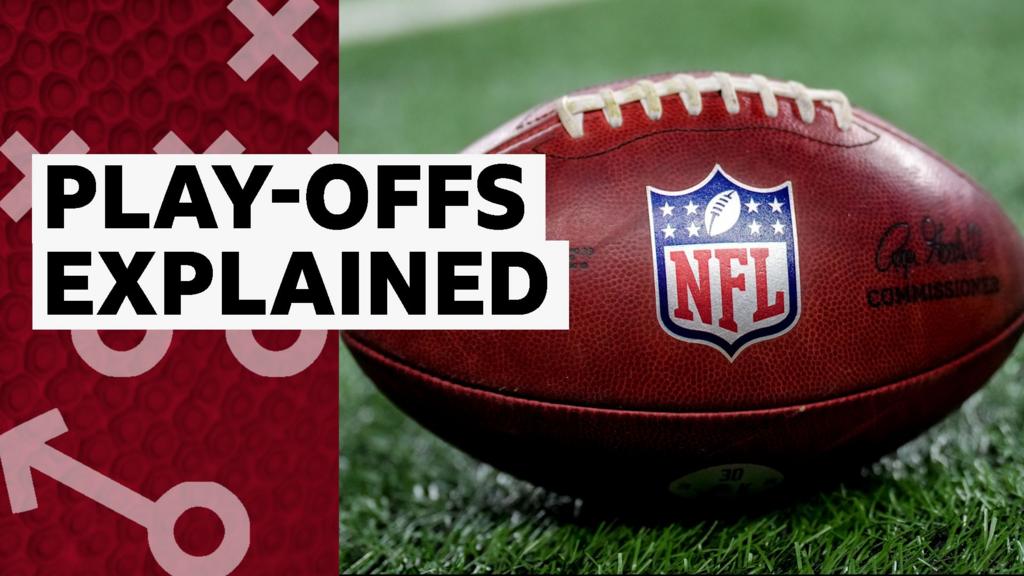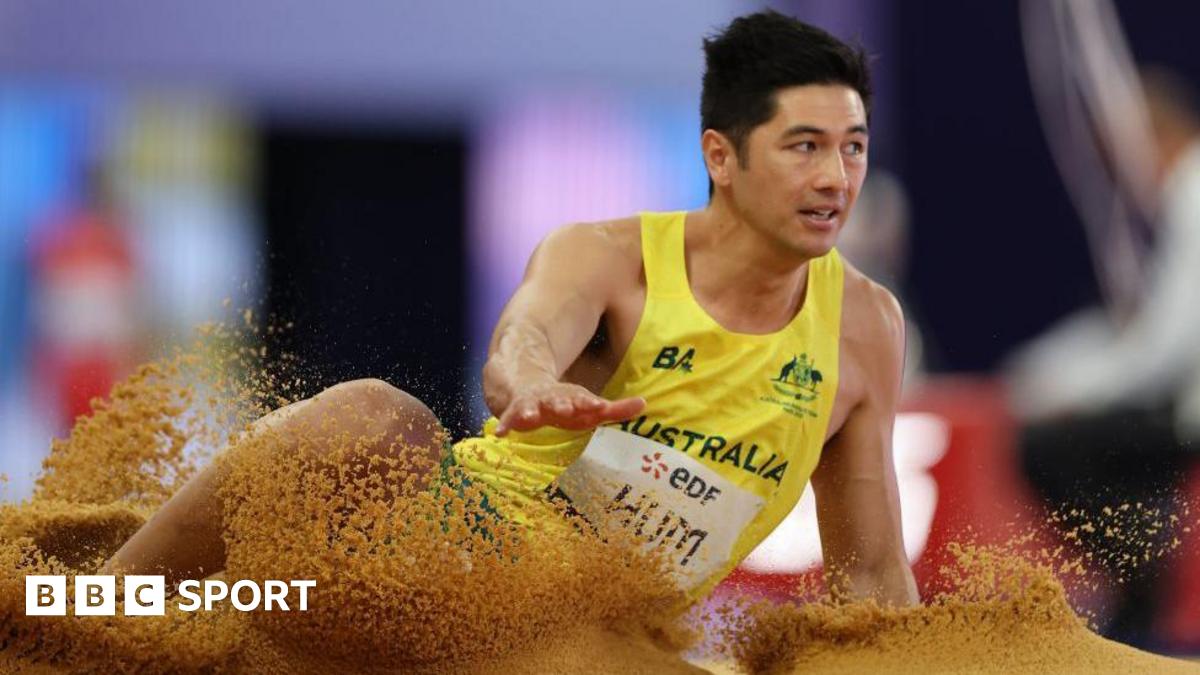| Venue: Tokyo, Japan Dates: 24 August-5 September Time in Tokyo: BST +8 |
| Coverage: Follow on Radio 5 Live and on the BBC Sport website |
Key information
Dates: 27 August-5 September
Gold medals on offer: 167
How does it work?
Para-athletics is one of only two sports at the Paralympics, along with Para-swimming, which caters for competitors from all physical impairments groups, visual impairments and those with a learning disability.
Athletes competing in the track (T) and field (F) events are divided into classifications to ensure fair competition.
Classes 11-13 cover visual impairment with 11 the most severe up to 13 for athletes with more vision. Athletes in these classes can be assisted by guides on the field or the track without giving the athletes any unfair advantages.
Class 20 is for athletes with a learning disability.
Classes 33-34 are for athletes with cerebral palsy (or similar neurological conditions) who are also wheelchair users.
Classes 35-38 are for athletes with cerebral palsy (or similar) who are ambulant and have the ability to run.
Classes 40-41 are for athletes of short stature.
Classes 42-44 are for athletes with lower limb impairments who compete without a prosthesis
Classes 45-47 are for athletes with upper limb impairments
Classes 51-58 are for athletes with different levels of spinal injuries and amputations who compete in wheelchairs either on the track or in field events.
Classes 61-64 are for athletes with lower limb impairments who compete with a prosthesis.
Some events will allow athletes from multiple classes to compete against each other but there is no allowance made for athletes from weaker classes.
Who are the British medal hopes?
Nine athletes who won gold medals in Rio are back again so expect more medals from the likes of Hannah Cockroft, Sophie Hahn and Aled Sion Davies.
Jonnie Peacock returns to the GB team for the first time since 2017 and will be going for a third 100m title in a row while Kadeena Cox will be hoping to win gold in two sports (along with cycling) for the second Games in succession.
Watch out for newcomers Columba Blango (T20 400m) and F13 javelin thrower Dan Pembroke with both ranked number one in the world in their events coming into the Games.
Who are the other challengers?
China are the most successful nation, topping the medal standings in 2016 and also at the 2017 and 2019 Worlds while the USA, Brazil and Ukraine are also strong, along with GB. But there is a huge range of athletes competing and at the 2019 Worlds, 63 nations won at least one medal.
Stars on the track will include wheelchair racers Tatyana McFadden (USA), Daniel Romanchuk (USA), Brent Lakatos (Canada) and Marcel Hug (Switzerland), German ‘Blade Jumper’ Markus Rehm. his fellow long jumper Fleur Jong from the Netherlands and visually impaired sprinter Jason Smyth (Ireland).
Japanese hopes lie with wheelchair racers Tomoki Sato and Hirokazu Ueyonabaru, who both compete in the T52 category.
Did you know?
Norwegian sprinter Salum Kashafali, who competes in the T12 category for visually impaired athletes, is the fastest Paralympian in the world having set a world record of 10.45 seconds in Oslo in 2019. He moved from the Democratic Republic of Congo with his family when he was 11 and also competed against sighted rivals in Norway, winning the national championship before making his Para-athletics breakthrough with world gold in 2019.
Discus thrower Dan Greaves is aiming to become the first Briton to win a medal at six successive Paralympic Games in athletics. Greaves made his debut in Sydney 2000 and has amassed a gold, two silvers and two bronzes in his F44 event.
ParalympicsGB Rio 2016 medals
33 – 15 gold, seven silver, 11 bronze

